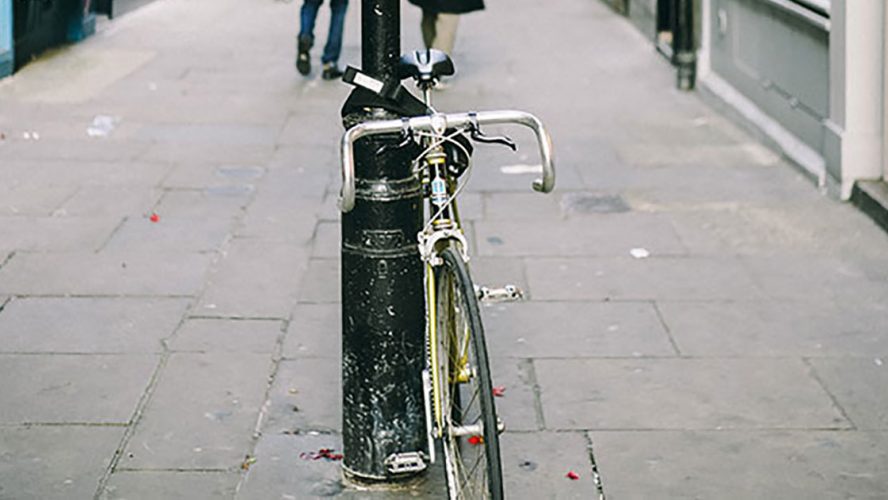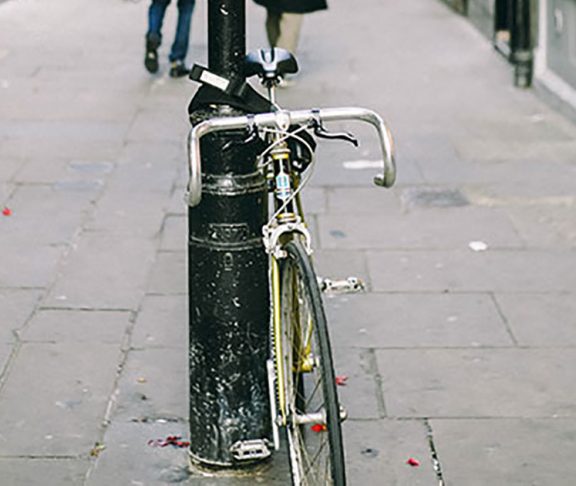For the first time in four decades, power plants are no longer the biggest source of U.S. greenhouse gas pollution. Transportation emissions have surpassed electricity submissions, according to the U.S. Energy Information Administration.
“We have cleaned up the emissions from all the industry sources in the LA basin,” explains Melanie Turner, California Air Resources Board (CARB) spokesperson. “That leaves cars, trucks and other mobile sources like ocean-going ships as the major causes of air pollution. That’s why California is focusing on slashing that pollution by moving rapidly to plug-in electric cars, fuel-cell cars and zero-emission trucks.”
Doing the math
Officials are seeing growing numbers of zero-emission electric buses for both schools and public transit, and the introduction of fully electric zero-emission trucks, including heavy-duty models.
There are more than 3,000 hydrogen fuel cell cars on the roads, and the number of filling stations for them is growing. Meanwhile, 376,000 plug-in cars have been sold in California, and in some cities, upwards of one out of every five new cars sold is a plug-in electric vehicle. This is partly because there are now 43 models available.
Creative innovations
CARB supports research and analysis of the latest technology to find the solutions that will drive the technology and bring it to market sooner.
Says Turner, “We have invested cap-and-trade proceeds, for example, in ultra-clean locomotives for Metrolink, zero-emission trucks at the ports and distribution centers, electric buses throughout the Southland and in low-income electric car sharing projects.”
In addition, the user-friendly website Moving California was created for the general public to understand how the state is investing in cleaning up its cars and trucks. It explains how innovative clean vehicle technologies are being promoted, with a focus on investments in the most polluted and affected communities.
Moving forward
“We are pumping hundreds of millions of dollars from cap-and-trade auction proceeds and other sources to get greater numbers of the cleanest vehicles on our streets and highways,” says Turner, who points out that making it possible for California to meet long-term air quality and climate goals is the overall mission.
Even small steps add up.
“We’re making cities and neighborhoods more bike-friendly, so consider riding a bike or walking, if your drive is less than a mile. It’s good for the air, and it’s good for you.”
Cindy Riley, [email protected]

